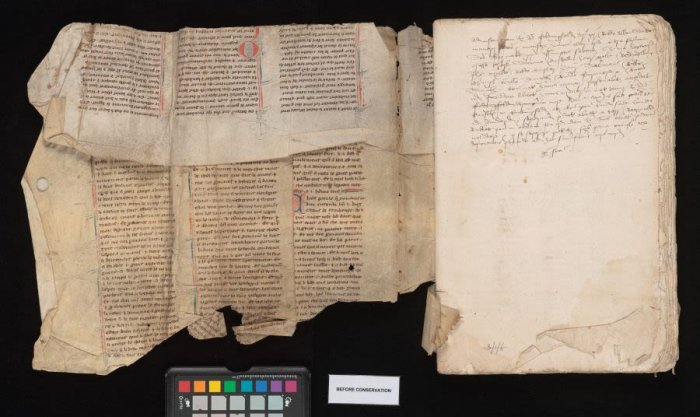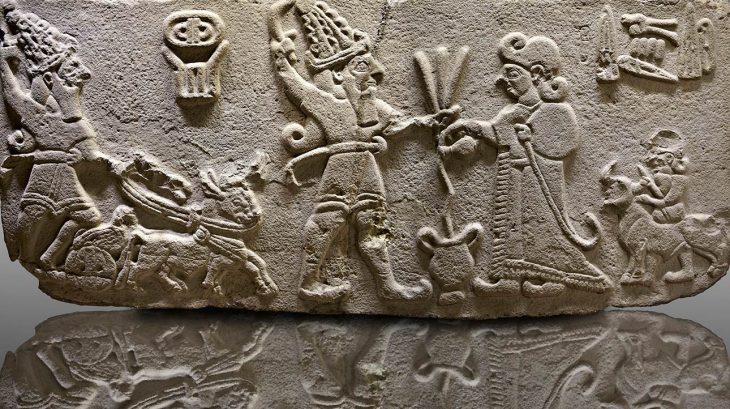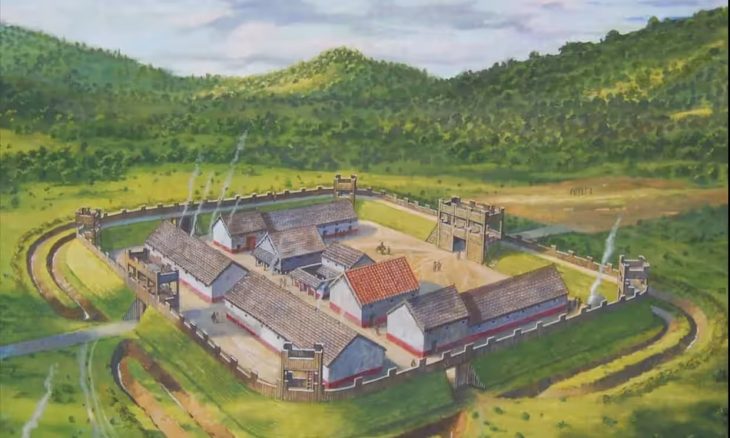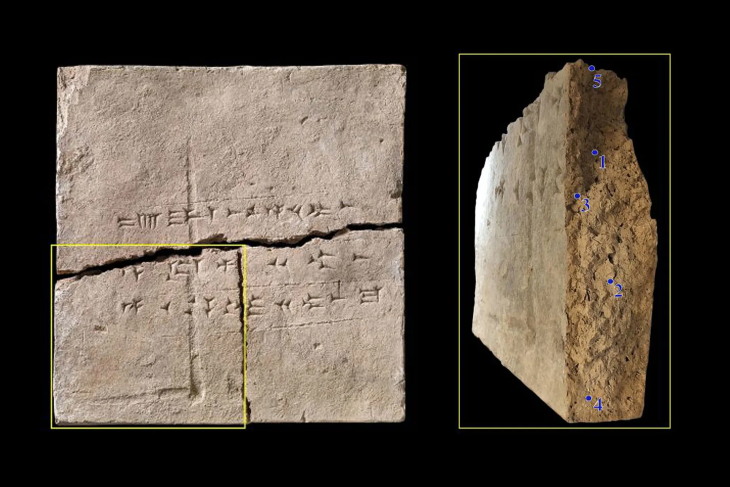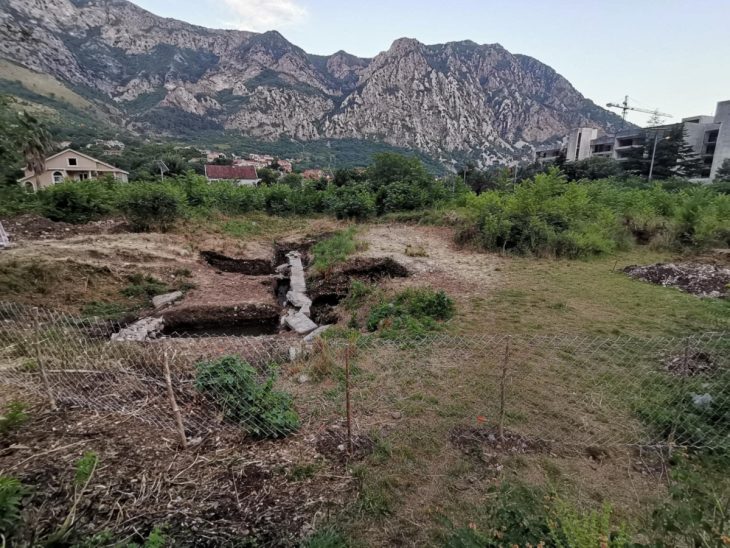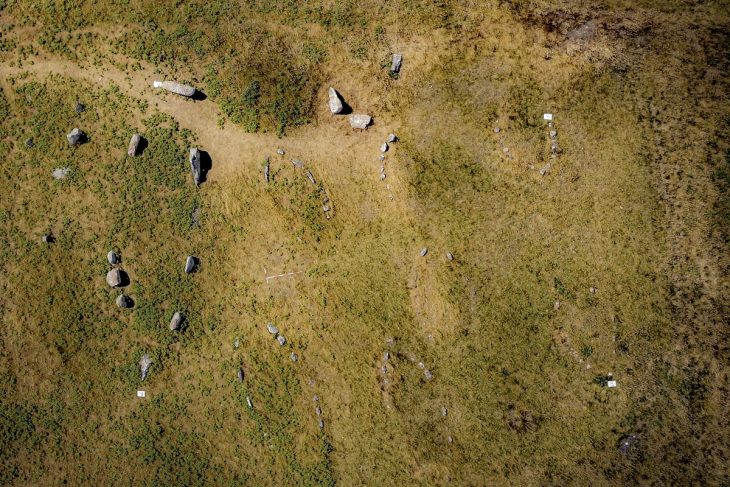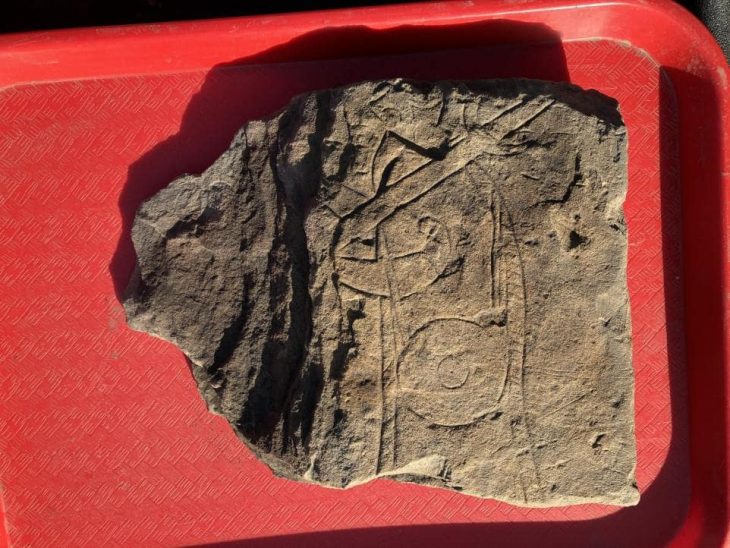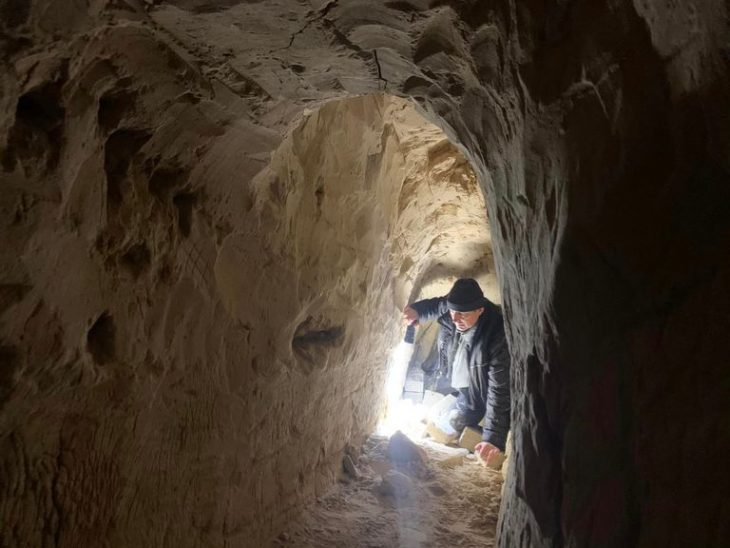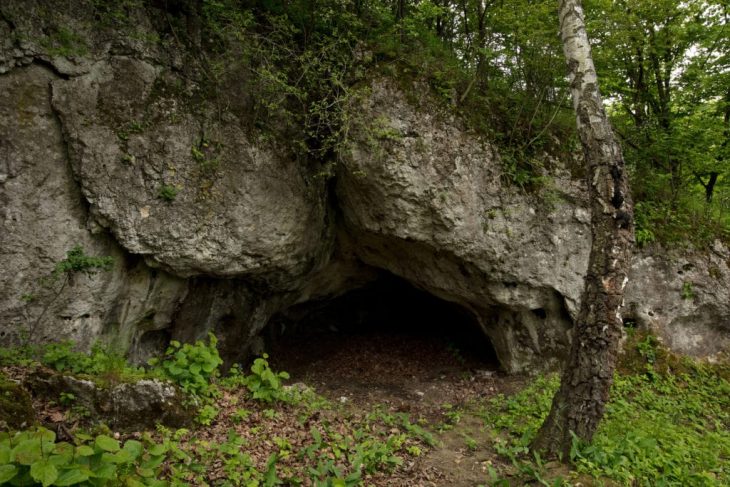In a remarkable discovery, a fragile manuscript fragment dating back to the 13th century has been found hidden within the binding of a 16th-century archival register at Cambridge University Library. This fragment, part of the Suite Vulgate du Merlin, reveals rare medieval tales of the legendary figures Merlin and King Arthur, shedding new light on Arthurian literature.
Initially discovered in 2019, the manuscript has now been confirmed as a sequel to the famed Lancelot-Grail cycle, a medieval bestseller with fewer than 40 surviving copies. Each manuscript is unique, handwritten by medieval scribes, and this particular fragment is believed to have been created between 1275 and 1315.
The manuscript’s survival is attributed to its repurposing in the 1500s as a cover for a property record from Huntingfield Manor in Suffolk, owned by the Vanneck family. This unconventional binding method rendered the manuscript nearly inaccessible, with its text folded, torn, and stitched into the book, complicating efforts by Cambridge experts to read and authenticate it.
A groundbreaking collaborative project has since emerged, combining the expertise of the University Library’s Cultural Heritage Imaging Laboratory (CHIL) with advanced digital techniques to unlock the manuscript’s secrets without causing damage. Dr. Irène Fabry-Tehranchi, a French Specialist at Cambridge University Library, emphasized the significance of the find, noting that it was initially misidentified as a 14th-century tale about Sir Gawain.
The manuscript is believed to belong to a shorter version of the Vulgate Merlin, and small textual errors, such as the incorrect name “Dorilas” instead of “Dodalis,” will assist researchers in tracing its lineage among existing manuscripts. The careful execution of the text, adorned with decorated initials in red and blue, further indicates its production during the late 13th to early 14th century.
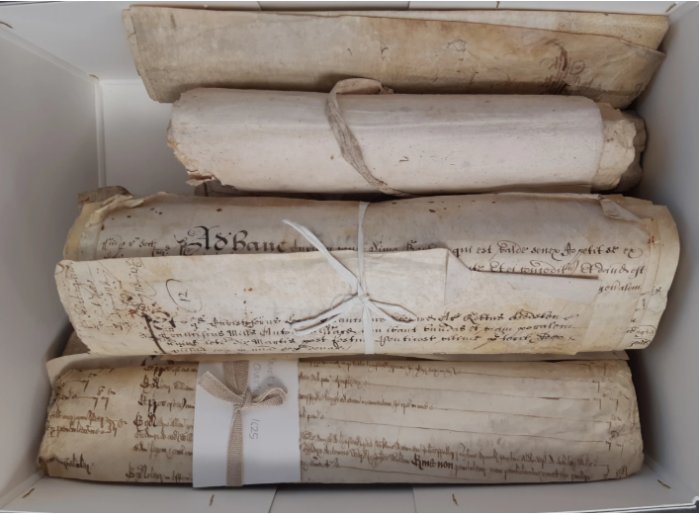
Written in Old French, the language of the medieval English court, the fragment belongs to the genre of Arthurian romances aimed at a noble audience. It recounts two pivotal episodes from the Suite Vulgate du Merlin: the Christian victory over the Saxons at the Battle of Cambénic and a courtly scene featuring Merlin disguised as a harpist at Arthur’s court.
The discovery has initiated an extensive conservation and research project, supported by funding from Cambridge Digital Humanities. The manuscript’s fragile condition posed significant challenges, as traditional conservation methods could risk irreparable damage. Instead, the team opted to preserve the fragment in its original binding while employing cutting-edge technology to virtually unfold and digitize it.
Dr. Fabry-Tehranchi highlighted the importance of preserving the fragment in its original state, stating, “It’s not just about the text itself, but also about the material artifact. The way it was reused tells us about archival practices in 16th-century England.”
A multidisciplinary team, including curators, conservators, and imaging specialists, collaborated to analyze and digitize the fragment. Techniques such as Multispectral Imaging (MSI) and Computed Tomography (CT) scanning were employed to reveal hidden text and structural details without dismantling the binding.

The project has not only illuminated the fragment’s narrative but has also established a new benchmark for the conservation and digitization of medieval manuscripts. The methodologies developed may serve as a model for libraries and archives worldwide facing similar challenges with fragile fragments.
As the story of King Arthur and Merlin continues to captivate audiences, this discovery underscores the potential for modern technology to unveil new chapters in ancient tales. The digital results of the project are now accessible online through the Cambridge Digital Library, inviting further exploration into the rich tapestry of medieval literature.
The digital results of the project are now available for everyone to explore online via the Cambridge Digital Library.
Cover Image Credit: The inner front cover of the manuscript as it was discovered. Some of the folds, including flaps and turn-ins, make reading and accessing the text hidden beneath particularly difficult without damaging the material. Credit: University of Cambridge.

